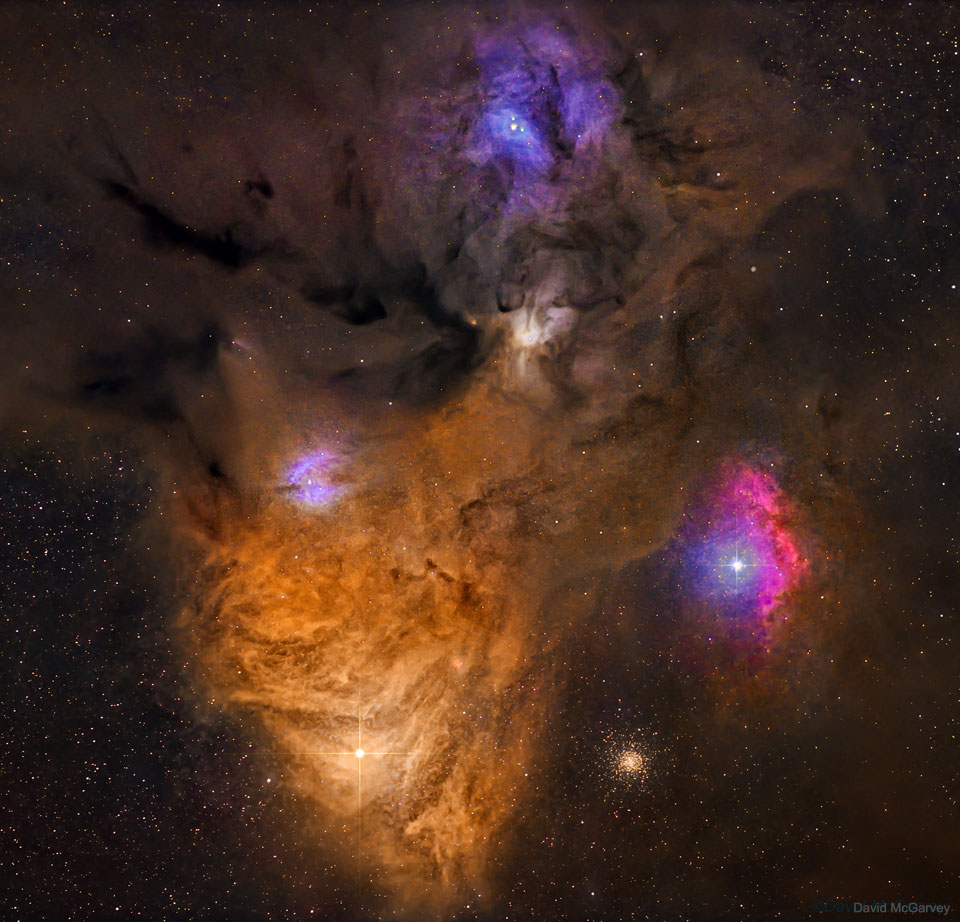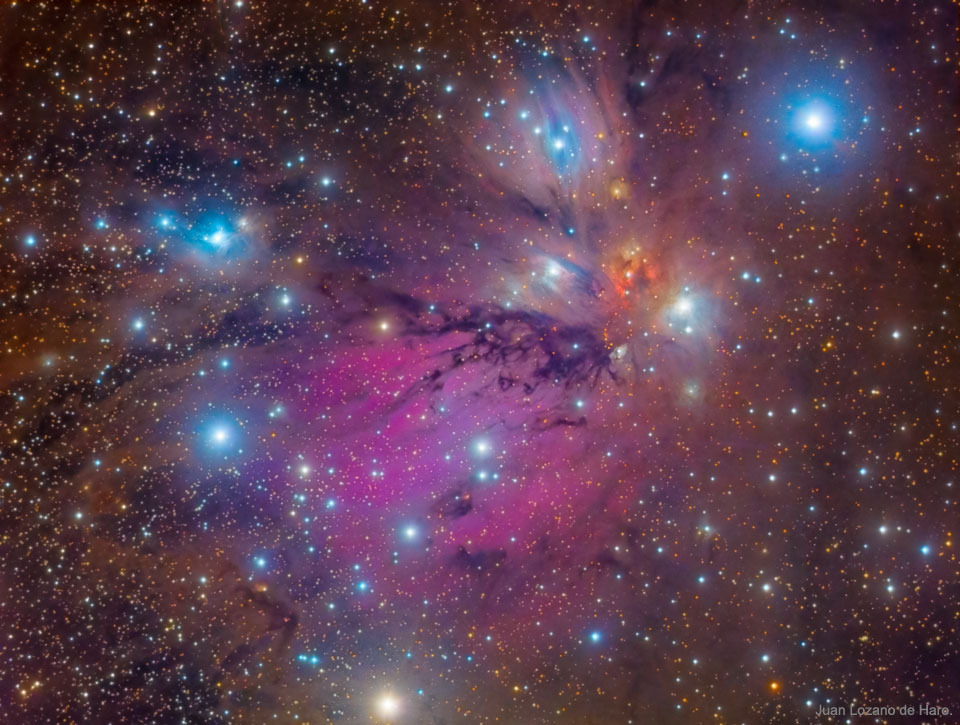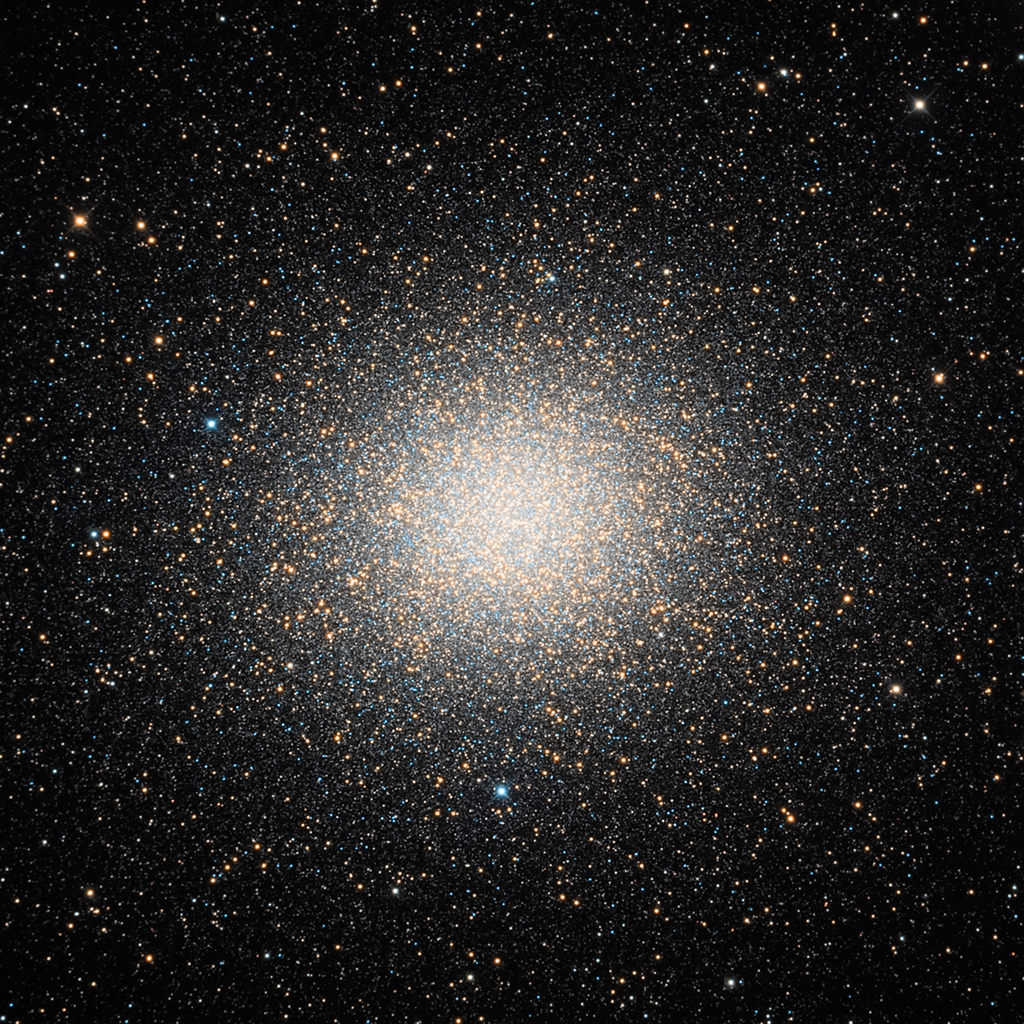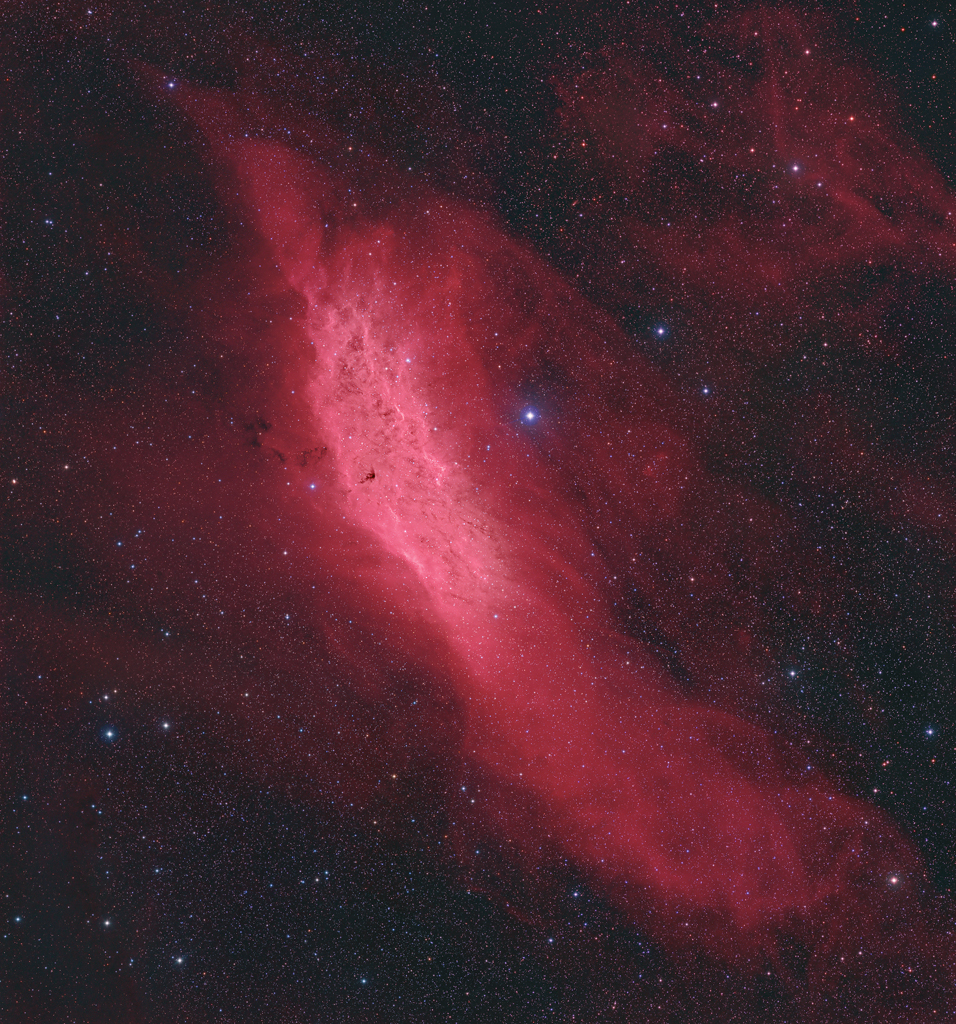Investigadores da Universidade de Western Ontário, no Canadá, realizaram um estudo com vista a perceber os diferentes efeitos psicológicos que a canábis provoca nos consumidores. Publicado este mês na revista Scientific Reports, o estudo representa um grande avanço na compreensão dos efeitos da droga no cérebro humano.
A pergunta de partida para a investigação era há muito uma grande dúvida dos cientistas e da população em geral: qual o motivo de algumas pessoas terem emoções positivas como reação ao consumo de canábis e outras demonstrarem emoções negativas.
Segundo Steven Laviolette, um dos autores do estudo, a premissa levou os investigadores para um campo ainda pouco explorado. “Sabemos muito sobre os efeitos a longo e a curto prazo, mas há muito pouco conhecimento sobre as áreas específicas do cérebro que são responsáveis pelo controlo desses efeitos”.
Esta investigação foi realizada em ratos de laboratório, mas os cientistas acreditam estar muito mais perto da verdade sobre os efeitos da canábis nos seres humanos. O próximo passo passará sobretudo pela experiência relatada por aqueles que consomem.
Visão - Portugal






